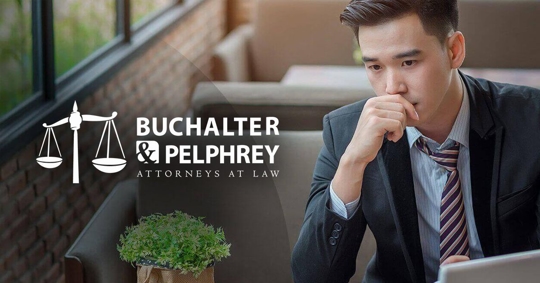For many people, their first student loan payments are looming. The federal moratorium ends January 31st, and most borrowers will have to start making payments near the end of February. That doesn't leave much time to get affairs in order, but the U.S. Department of Education may relax the Public Service Loan Forgiveness Program rules. Here's what you should know.
What is PSLF?
PSLF or Public Service Loan Forgiveness is a program from the U.S. Department of Education that has had a troubled past. Loan forgiveness, in general, has been a point of political tension for decades, with programs like PSLF caught in the crossfire.
Essentially, the program forgives student loan debt for borrowers who meet specific requirements.
To qualify, the borrower must:
- Work in the public sector (public schools, emergency services, public transit, the military, etc.)
- Participate in a repayment plan
- Make 120 on-time student loan payments
- Have a federal Direct Loan
These requirements seem straightforward, but in reality, many borrowers working in the public sector may not meet all of the requirements. Eligibility depends on whether they can meet all of the requirements, so if they don't participate in a repayment plan or have a federal Direct Loan, they're automatically disqualified.
Another issue with this program is the fact that making payments is more complicated than it seems at first glance. Borrowers may make a late payment or pay an amount slightly above or below the required amount. When this happens, the payments are disqualified, and the borrower is in jeopardy of becoming delinquent.
Now, the Department of Education is streamlining the process and expanding the program to include more candidates.
What Is Changing
Repayment Plans
Borrowers using a different repayment plan may now qualify for forgiveness under the new and improved PSLF. As long as the borrower uses one of the plans listed below, they will be eligible:
- Income-Based Repayment Plan (IBR)
- Pay as You Earn Repayment Plan (PAYE)
Previously ineligible payments will also be put toward loan forgiveness for the foreseeable future.
FFEL Loan Payments
Federal Family Education Loans (FFEL) was like the old rickety rollercoaster that the amusement park switched out for the new fancy one with crazy effects. FFEL borrowers were encouraged to consolidate their loans into Direct Loans. However, countless bugs and misinformation led many borrowers to believe that they didn't qualify.
Now, those who made old payments as far back as 2007 toward FFEL and Federal Perkins Loans can have those payments count toward forgiveness.
Military Service Members
Borrowers who served in the military will have more options thanks to the PSLF overhaul. Service members will now be able to count all the months spent deployed or in active service toward loan forgiveness regardless of the status of their loan at the time.
In other words, even if the loan was in forbearance or deferment during deployment, it can still be eligible for PSLF.
Hope for Public Service Workers
The one rule that remains firmly in place is that those who qualify must work in the public sector. That means that unless a borrower works in the school system, military, public works, infrastructure, or transportation sector, they are not eligible for student loan forgiveness under PSLF.

